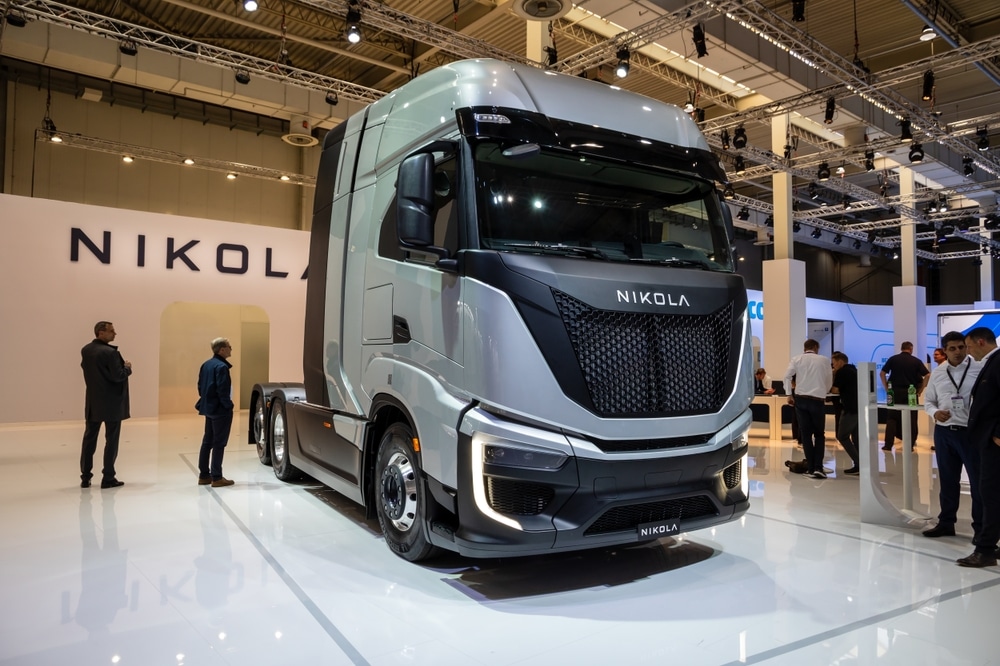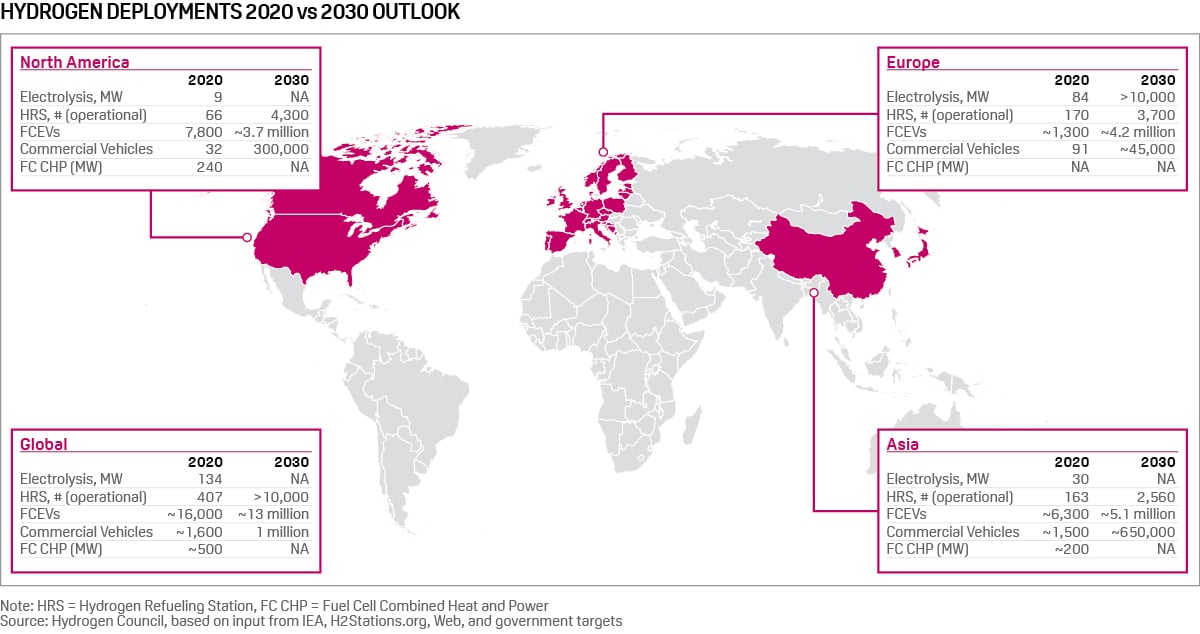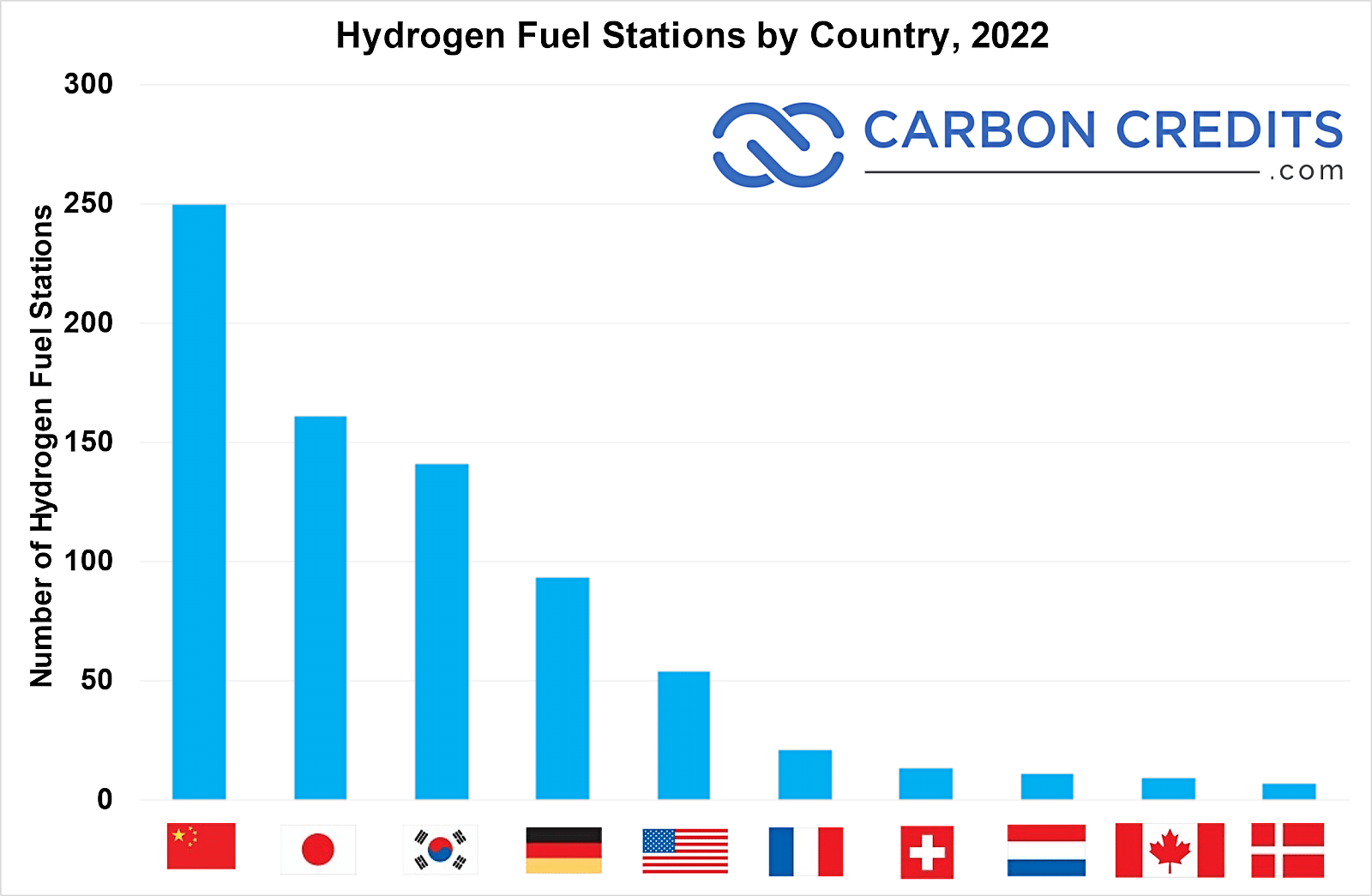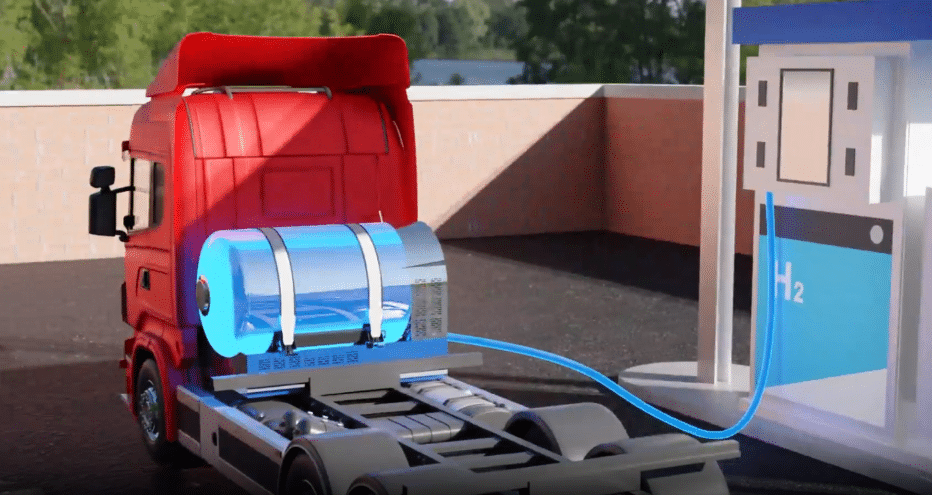Nikola Corporation proudly announces the opening of its latest HYLA high-pressure modular refueling station and facility in Southern California. Located near the Port of Long Beach at 2267 W. Gaylord St., this new station commenced operations on May 4, 2024.
This launch is a pivotal milestone in Nikola’s strategic plan, aiming to establish a network of up to 9 refueling solutions by mid-2024. It has also a total of 14 operational sites slated for completion by year-end. These include a combination of HYLA modular fuelers and partner stations such as FirstElement Fuels’ in the Port of Oakland.
Nikola Corporation is driven by a clear mission: pioneering solutions for a zero-emissions world. As an integrated truck and energy company, Nikola is leading the transformation of commercial transportation. The company’s Class 8 vehicles, which include battery-electric and hydrogen fuel cell electric trucks, along with its energy brand, HYLA, are driving the advancement of the complete hydrogen refueling ecosystem.
Headquartered in Phoenix, Arizona, Nikola operates from its manufacturing facility in Coolidge, Arizona. With a focus on innovation and sustainability, Nikola is committed to shaping the future of transportation and energy.
Fueling the Future in Southern California
Nikola focuses on providing an exceptional customer experience, offering round-the-clock assistance, ensuring seamless and efficient fueling.
President of Energy Ole Hoefelmann expressed excitement about inaugurating the second HYLA hydrogen refueling station in Southern California. This marks a significant stride toward sustainable transportation.
He extended appreciation to the City of Long Beach and the Long Beach Fire Department for their instrumental role in realizing this vision, saying:
“With multiple stations in the pipeline this year, we are steadfast in our mission to pioneer zero-emission trucking solutions and drive positive environmental impact.”
Nikola is actively securing its hydrogen supply chain and expanding its HYLA refueling infrastructure to support increased demand. This ongoing development underscores Nikola’s commitment to accelerating the adoption of hydrogen fuel cell trucks and advancing transportation’s decarbonization agenda.
As shown below, the United States stands fifth in terms of the number of hydrogen fuel stations in 2022. But as demand for FCEVs continue to rise, so is Nikola’s HYLA deployment.
The HYLA network will offer a diverse portfolio of refueling solutions to Nikola’s hydrogen FCEVs and other Class 8 customers. These include modular and permanent HYLA stations, “behind-the-fence,” and partnerships with public truck stops.
Revolutionizing Hydrogen Fuel Systems
In related news, the Chinese state-owned company China Aerospace and Technology Corporation (CASC) has introduced a breakthrough liquid-hydrogen fueling system for trucks, featuring a 100kg fuel tank.
This development follows German automaker Daimler’s successful road test of a fully-loaded truck with 80kg of liquid hydrogen stored onboard. This hydrogen innovation covers a distance of 1,047km without refueling.
Known as Track 1000, this domestically produced system is a core component of liquid hydrogen heavy trucks. Moreover, it’s designed to extend the range of hydrogen-powered vehicles to over 1,000km with a single charge.
The new Track 1000 system maintains the same overall dimensions as its predecessor while offering a 20% increase in hydrogen volume and reducing costs by over 30%. CASC emphasized that the system meets international standards in terms of quality, hydrogen storage density, and refueling time.
Liquid hydrogen storage presents challenges due to its requirement of extremely low temperatures. Daimler’s Gen H2 truck, equipped with 40kg fuel tanks, demonstrates effective insulation to maintain hydrogen temperature without active cooling for an extended period. These advancements mark significant progress in making liquid hydrogen a viable and efficient fuel option for heavy trucks.
Nikola’s latest HYLA high-pressure modular refueling station in Southern California and China’s groundbreaking liquid hydrogen system are a crucial step in advancing zero-emission trucking solutions. Committed on expanding their hydrogen refueling infrastructure, Nikola is driving positive environmental impact and accelerating the adoption of hydrogen fuel cell electric trucks.





